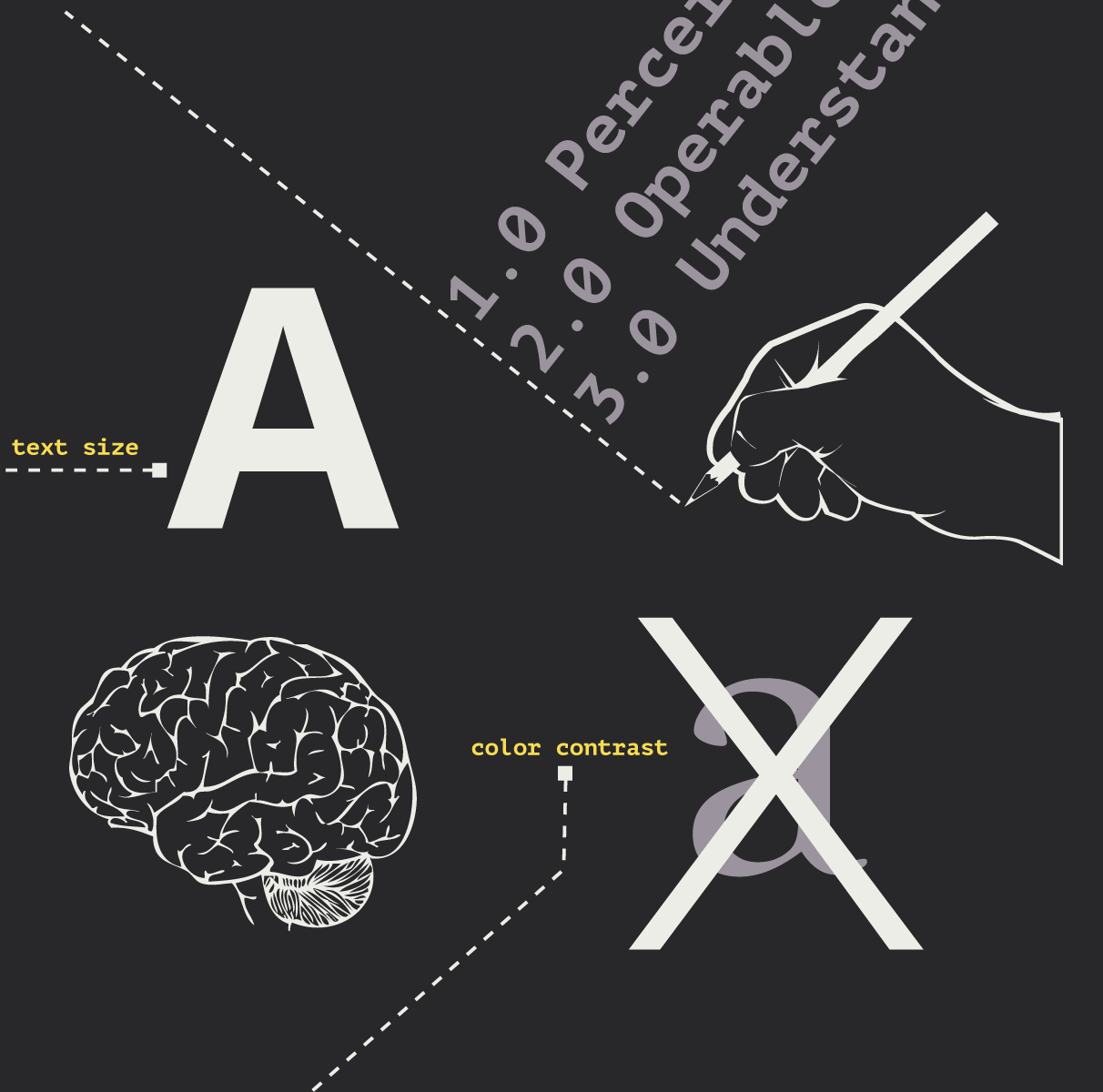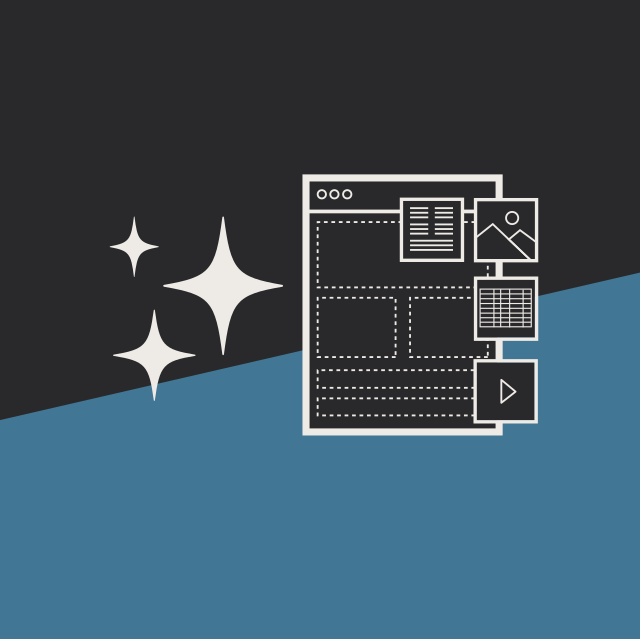Common Web Design Myths
Dennis Kardys Head of Design & Development#Design Advice

Although on the surface, design may seem like a simple task, there are many factors to consider when creating the best experience possible for users. Read on to find out four common web design myths.
On the surface, web design might not seem to be a complicated process; as long as the graphics on a website look nice and the text is readable, it’s a successful experience, right? But while one might think anybody could throw together a workable site using the various tools available, there’s a lot more to consider about design, from the surface down the to nitty gritty technical details. Here are a few common misconceptions we’ve found that people have about web design, and the reasons why they’re not true:
1. Design is just decoration
Design is not just how something appears. Every decision made about the look and feel of a website has implications, both anticipated and unanticipated. When you make a choice, whether it’s related to color, layout, typeface, or any number of other aspects, it impacts how people will interact with and use the site. A good designer knows that there’s much, much more to these choices than just making the site look pretty, and they will put a great deal of consideration into how these decisions affect the way people use the site.
2. Design is purely subjective
Design should not be thought of as something that exists in the eye of the beholder. While everyone is entitled to their own aesthetic taste, we need to remember that most all design and UI decisions should be based around intended outcomes that map directly to business goals, user needs, and appeal to the target audience. You want to be able to please as many people as possible, but in the end, the site needs to do its job, so while it might not meet absolutely everyone’s tastes, it will be designed to meet your goals as best as possible.
3. Great design can come from a committee
This might seem harsh, but the reality is that committee mindset and the struggle to diplomatically appease a group of people with varying needs, tastes, and opinions has never, ever, in the history of design led to a website reaching its full potential. In an effort to satisfy the group, you will inevitably end up with a watered down, mediocre design that is neither overly appealing or offensive to anyone. If you want a great design, you need to find a great designer and trust them to make the best design decisions.
4. Critiquing a design involves coming up with solutions
This one is tricky, because the boundaries of critique and ideation are blurry to many. When evaluating work that a designer is presenting, it's tempting to make suggestions: "make this bigger, move this to the left, change the color/typeface to x,y,z. What if we did this instead?" Although it may seem helpful, and appeal to our human nature, to prescribe solutions, the most effective way to evaluate design is to point out elements that do work and elements that don't work. Avoid problem solving, and focus on problem identification. Ideation can come later (and can be collaborative too). When designers present work, they have made decisions based on specific objectives. Focusing on the work at hand, and helping your designer realize where they have missed and hit the mark will lead to a far more productive outcome than stepping into the role of an art director and imposing suggestions.
As you can see, there’s a lot more to web design than just making things look nice. A good web designer will consider the full user experience, looking at everything from readability, to usability, to information architecture, and they will work with you to make sure your site meets its goals and provides the best experience for its users. Feel free to contact Diagram if you have any questions about how you can improve your site’s design, and we can work with you to make your site the best it can be.
Related Posts

Accessibility Playbook Resources
Useful accessibility resources that are free for web designers, web developers, and content creators to help them build more inclusive websites.

User Onboarding Process: Guiding Visitors Through Your Website
We offer some tips on how to design a website in a way that helps users intuitively understand how to use it to accomplish their goals.
Results Matter.
We design creative digital solutions that grow your business, strengthen your brand and engage your audience. Our team blends creativity with insights, analytics and technology to deliver beauty, function, accessibility and most of all, ROI. Do you have a project you want to discuss?
Like what you read?
Subscribe to our blog "Diagram Views" for the latest trends in web design, inbound marketing and mobile strategy.
